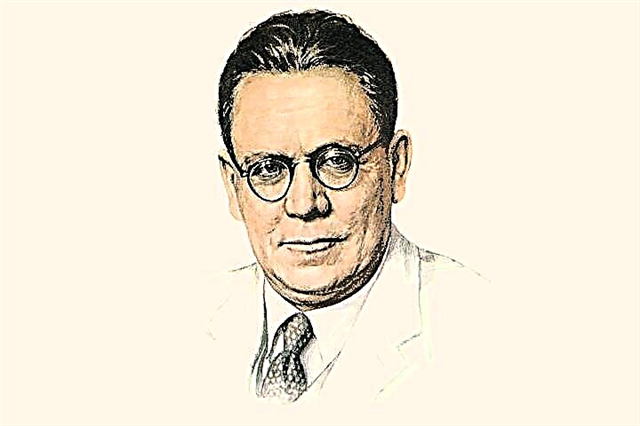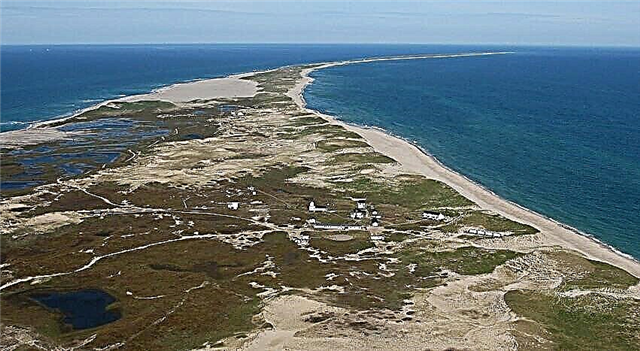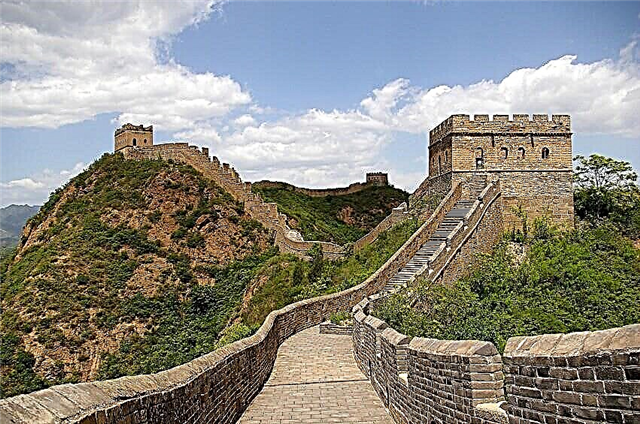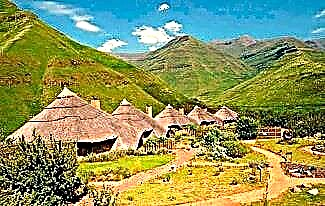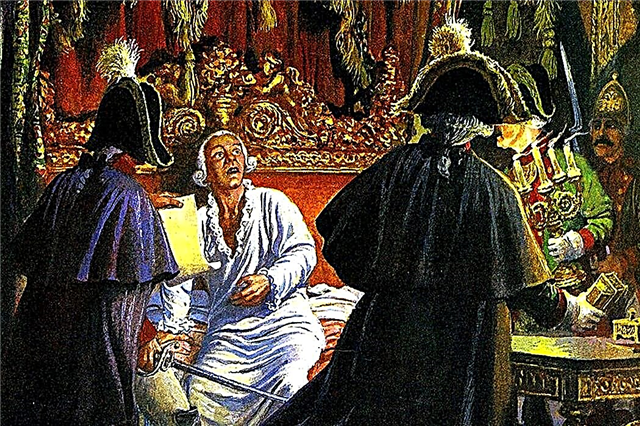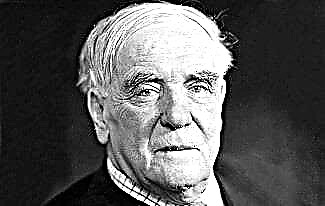Volcano Teide is the main pride of the inhabitants of the island of Tenerife, who have chosen it as a symbol on heraldic signs. Tourists who come to the Canary Islands often visit the caldera during sightseeing tours, as this is a unique opportunity to rise to a height of several thousand meters above sea level, admire the view and take unique photos.
Geographical features of the Teide volcano
Not everyone knows where the highest peak of the Atlantic Ocean is, but in Spain they are proud of their natural attraction, which has earned the right to be included in the UNESCO World Heritage List. The stratovolcano forms an entire island, as a result of which it is deservedly one of the three largest volcanoes in the world. And although its height above sea level is slightly higher than 3700 meters, the absolute value reaches 7500 meters.
At the moment, the caldera is classified as a dormant volcano, since the last eruption happened in 1909. Nevertheless, it is too early to exclude it from the current list, since even at this stage of the life cycle, minor explosions may still occur.
El Teide (full name) is part of the Las Cañadas caldera, and the island itself was formed over approximately 8 million years by the movement of volcanic shields. First of all, activity was observed in the Las Cañadas National Park, which over and over again suffered large eruptions, collapsed and grew again. About 150 thousand years ago, the Teide volcano crater appeared, its strongest explosion occurred in 1706. Then the whole city and several villages were destroyed.
Note for tourists
Tenerife is home to one of the first national parks in Spain, where a powerful volcano with a snow-capped peak rises in the middle. It is he who is of greater interest for several reasons:
- Firstly, when climbing the cable car, you can see not only the surroundings of the island, but the entire archipelago.
- Secondly, the nature on the slopes changes significantly, while some plant species are unique, you can get to know them only in Tenerife.
- Thirdly, the locals literally deify this place, so they will help all visitors to feel warm feelings for the burning mountain.

When visiting Teide, you do not have to think for a long time how to get there, since independent hiking is allowed only at the foot. You can climb to the top by highway, and then by cable car, and even then not to the most elevated part.
We recommend seeing the Vesuvius volcano.
If you want to get to the peak, you will have to take care of getting a special pass in advance. However, the atmospheric pressure at the summit is high, so there is no need to conquer this mark for all guests of the island. Even from an accessible height of 3555 meters, you can see all the beauty that opens up.
In the national park, it is worth paying special attention to the plants, in particular the Canary pine. More than 30 endemics of the flora world are represented here, but large animals can hardly be found on Teide. Among the indigenous representatives of the fauna, bats are distinguished, all other animals were introduced as Tenerife was developed.
Volcano Legends
And although information is available to everyone about how and when the volcano was formed, the locals prefer to retell the amazing legends associated with the divine powers guarding Tenerife. The Guanches, the indigenous inhabitants of the island, identify Teide with Olympus, because, in their opinion, sacred creatures live here.
Long ago, an evil demon imprisoned the god of light and sun in the crater of the Teide volcano, after which total darkness fell throughout the world. Only thanks to the supreme deity Achaman was able to save the sunlight, and the Devil was forever hidden in the depths of the mountain. He still cannot cope with the thickness of the rocks, but from time to time his anger bursts out in the form of powerful lava flows.
When visiting a stratovolcano, it is worth getting to know better the culture of the Guanches, purchasing exquisite sculptures with ethnic symbols, trinkets made of volcanic lava, as well as trying local drinks and dishes or listening to musical tunes. The time spent on the island seems to slow down, because the power of Teide and the sincere worship of the mountain are felt everywhere.

